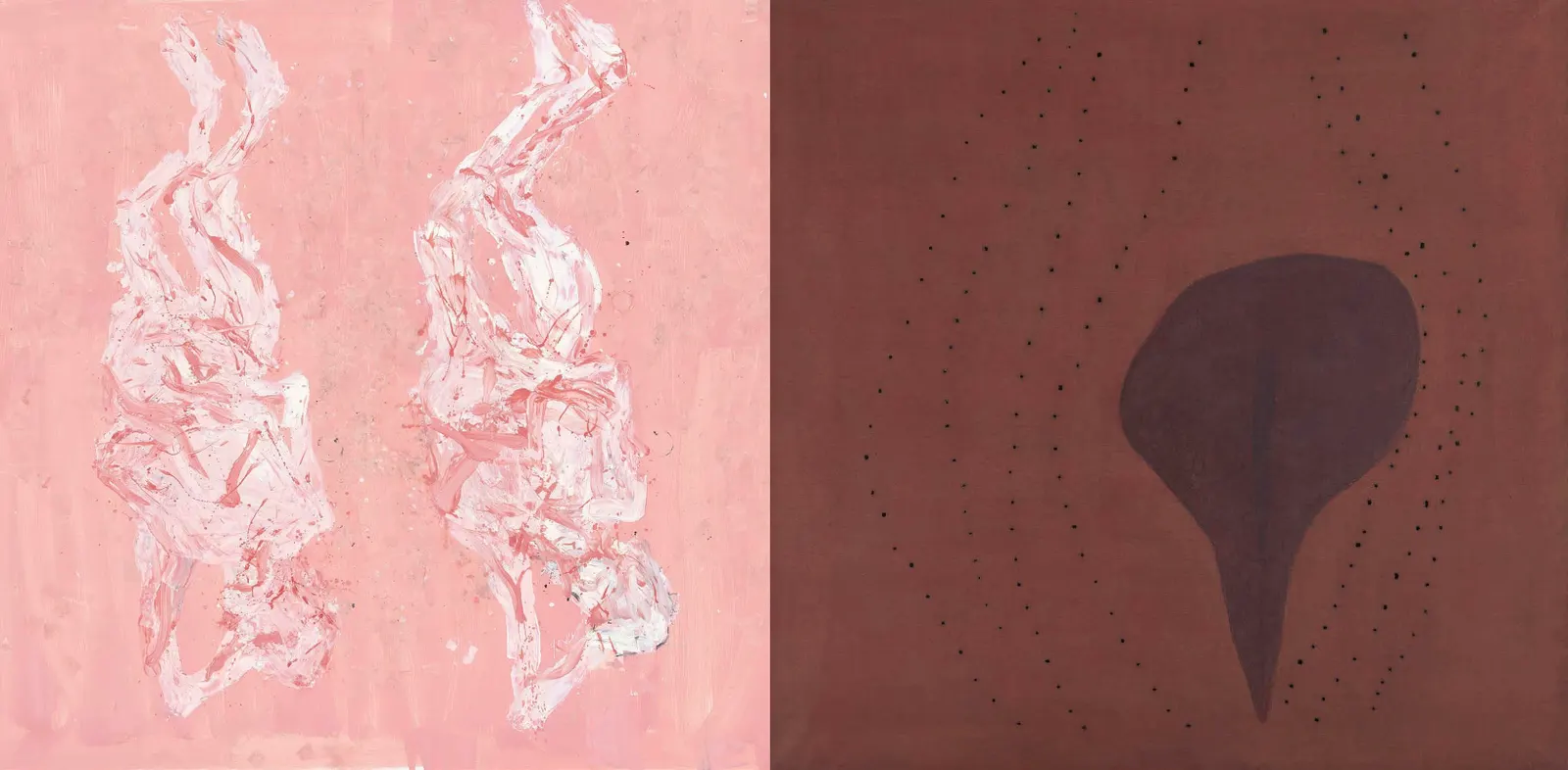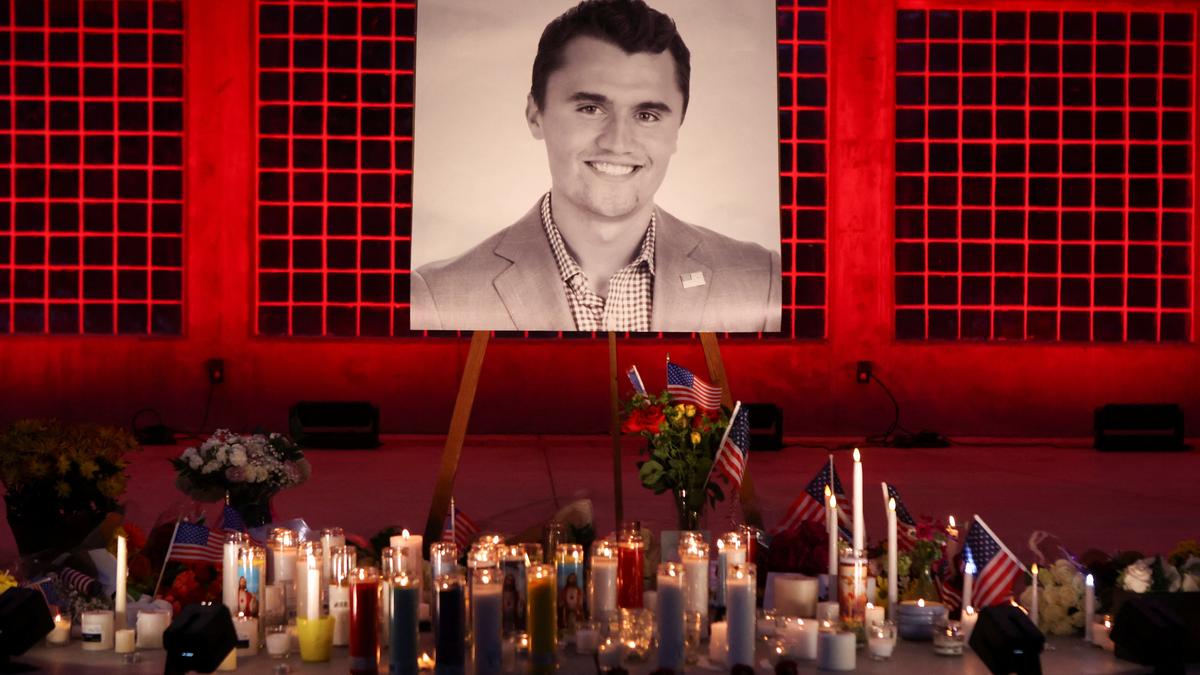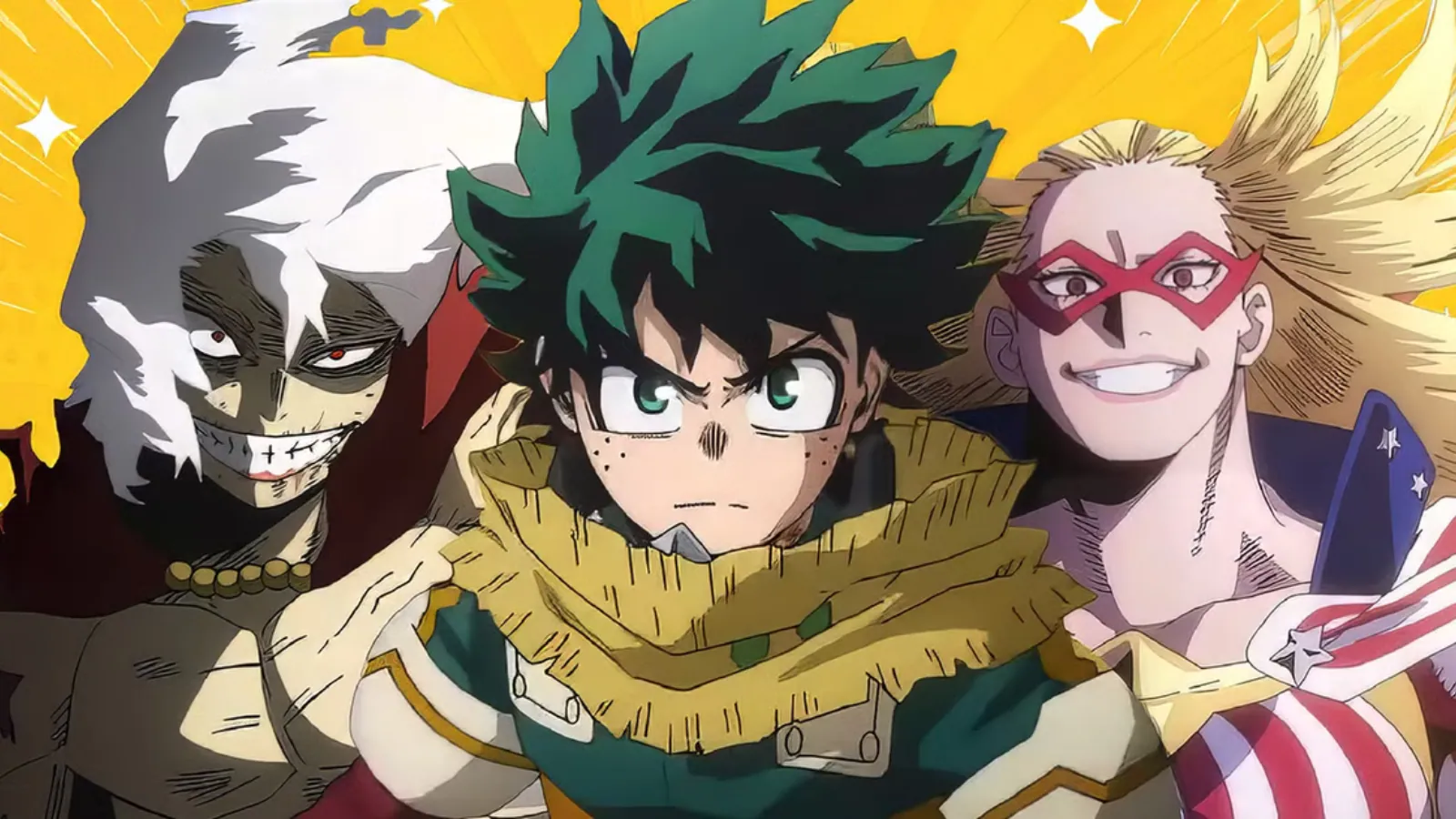Lucio Fontana’s Legacy: From Argentina To Milan And Venice, The Artist Who Redefined Modern Art
By Contributor,Lee Sharrock
Copyright forbes

Georg Baselitz, Rosa riposa, 2019 and Lucio Fontana, Concetto spaziale, Forma, 1957.
Courtesy Thaddaeus Ropac gallery.
Visiting Milan in search of Lucio Fontana’s artworks is a little like embarking on an art pilgrimage. His work is scattered throughout the city he called home for so many years–churches, cemeteries, museums, and galleries all bear traces of his radical vision. Although many instinctively identify Fontana as an Italian artist, his story is more complex. Born in Rosario, Argentina, in 1899, Fontana carried both Latin American and Italian heritage throughout his life, weaving these influences into an oeuvre that is both deeply rooted and cosmically expansive.
Today, Milan remains the city where his artistic journey feels most alive. At the same time, his Argentinean beginnings and a major new Venetian exhibition of his ceramics remind us that his story is far larger than Italy alone.
Lucio Fontana altar piece at Chiesa San Fedele, Milano.
Lee Sharrock
The Milanese Odyssey: Where Fontana Meets the City
In Milan, the past and future of art collide. Nowhere is this more evident than at the Museo del Novecento, where visitors find the Sala di Fontana dedicated to the artist’s signature works. His Concetto Spaziale canvases, with their iconic slashes, are displayed alongside early sculptures, photographs of him in his studio, and a dazzling neon installation created for the 1951 Milan Triennale. The exhibition underscores his role as a pioneer of Spatialism, a movement that sought to break through the two-dimensional plane of painting and extend art into new, infinite dimensions.
Yet Fontana’s Milan is not confined to the white walls of museums. At the Chiesa San Fedele, a 16th-century Jesuit church tucked into the historic heart of the city, his works reveal an unexpected dialogue with faith and tradition. In the church’s crypt and subterranean museum–which houses an impressive art collection curated by Jesuit priest Andrea Dall’Asta SJ, director of the Galleria San Fedele, visitors may discover a series of Fontana ceramics and wall pieces, as well as the 1956 altarpiece The Sacred Heart. Here, art and spirituality converge, demonstrating how Fontana’s art could be both radical and devotional.
Fontana at Museo del Novecento Milano.
Lee Sharrock
Other essential Fontana stops in Milan include:
Museo Diocesano Carlo Maria Martini – home to Fontana sketches for the Assunta Altarpiece and plaster models for the Duomo’s monumental Fifth Door.
Galleria del Naviglio – where Fontana debuted Ambiente Spaziale a Luce Nera in 1949, an immersive environment of black light that was a milestone in Spatialist art.
Veneranda Fabbrica del Duomo di Milano – custodian of the Assunta Altarpiece and further models of Fontana’s architectural visions for the cathedral.
Cimitero Monumentale – where more than a dozen funerary monuments designed by Fontana in the 1920s testify to his sculptural mastery.
Together, these sites make Milan a living museum of Fontana’s art, weaving his works into the city’s very fabric.
Fontana and Baselitz exhibition at Thaddaeus Ropac.
Lee Sharrock
Fontana in Dialogue: Baselitz and the Birth of Thaddaeus Ropac’s Milan Gallery
The most compelling new chapter in Milan’s revival as a must-visit centre for contemporary art comes courtesy of Thaddaeus Ropac, whose new gallery in the Neoclassical Palazzo Belgioioso has opened with a bold exhibition pairing Lucio Fontana with German painter and sculptor Georg Baselitz for the first time.
At first glance, this pairing seems improbable–Fontana’s serene cosmic slashes against Baselitz’s raw, inverted figures–yet as the exhibition unfolds, a deeper conversation emerges and it becomes evident that the pairing is a stroke of curatorial genius. Both artists grappled with rupture and renewal, probing the void and the unknown in pursuit of regeneration.
Titled L’aurora viene (The Aurora Comes), the exhibition spans decades of Fontana’s practice. Highlights include early Baroque-inspired sculptures from the 1930s and 1940s, Concetti spaziali from the 1960s, and a rare canvas from his celebrated La Fine di Dio (The End of God, 1963–64) series.
Fontana’s most radical intervention emerges in his Concetto Spaziale, La Fine di Dio series, where the traditional sanctity of the canvas is both punctured and reimagined. The incandescent, pink, egg-shaped painting stands as a fulcrum within the exhibition, at once seductive and unsettling. Conceived in the psychedelic 1960s, an era preoccupied with space exploration and metaphysical frontiers, these ovoid forms are riddled with perforations that displace painting from representation into a cosmic register. The egg, long a symbol of origin, creation, and resurrection, becomes in Fontana’s hands a metaphor for womb and void, genesis and extinction. By saturating these forms in luminous colour and violently piercing their surfaces, Fontana proposes a new cosmology, one that wrestles with infinity and the existential condition of humanity adrift in the universe.
These works converse with Baselitz’s paintings and sculptures, together suggesting that destruction–whether of the canvas, the figure, or tradition–can be a precursor to creative rebirth. Milan is where Fontana developed the ideas that would transform modern art. By bringing Fontana’s work into dialogue with Baselitz, the Thaddaeus Ropac exhibition highlights both artists’ investigation into how rupture can lead to renewal–an idea that resonates strongly today.
Lucio Fontana, La f ine di Dio, 1963 – 64.
© Fondazione Lucio Fontana, Milan o , by SIAE 2025 Courtesy Private collection & Thaddaeus Ropac gallery
Several Fontana works are on display at Thaddaeus Ropac for the first time and were loaned by the Lucio Fontana Foundation. Elena Bonanno di Linguaglossa, executive director of Thaddaeus Ropac Milan explained to me at a private view of the exhibition about her involvement in securing loans of rare Fontana works for the exhibition: “I was very much involved on the Fontana side. I said to Thaddaeus, let’s involve the Fondazione Lucio Fontana. So I went and spoke to the Foundation’s president, and they loved the idea, so they came with a couple of loans.”
Georg Baselitz and Lucio Fontana, L’aurore viene , installation view at Thaddaeus Ropac Milan, September 2025. Photo: Roberto Marossi.
Courtesy Thaddaeus Ropac gallery,
Thaddaeus Ropac’s goal with the Milan space is to create a hub where Italian and international artistic voices can converse, and this is executed perfectly with the combination of Fontana and Baselitz–two artists from different contexts, who have in common a curiosity of asking what lies beyond the visible.
Thaddaeus Ropac himself told me at the L’aurora viene preview what his vision was for the Milanese gallery and its location: “First I wanted to be in the centre, and secondly I didn’t want a white cube gallery space. I wanted a gallery with some character, as that’s part of our DNA. The main reason to have a gallery here is an inspiration to our artists, because Italy was somehow missing in my idea of the ultimate European gallery.”
The gallery’s arrival coincides with a wider renaissance for Milan’s cultural scene. Italy’s recent decision to reduce VAT on art sales from 22% to 5%–the lowest rate in the EU–has turned Milan into a magnet for collectors and institutions. For Ropac, this was the perfect moment to open in Italy.
It feels that Thaddaeus Ropac has captured the zeitgeist by opening a space in Milan with the first ever exhibition to put Fontana in dialogue with Baselitz, not only because of the indelible footprint Fontana left on Milan and the new exhibition in Venice, but it also coincides with the news that Georg Baselitz will have a major show of new work at the Fondazione Giorgio Cini, coinciding with the Venice Biennale in 2026.
Thaddaeus Ropac and Elena Bonanno di Linguaglossa at Thaddaeus Ropac Milan.
Lee Sharrock
The Venetian Chapter: Fontana’s Ceramics Revealed
While Milan celebrates Fontana’s canvases and sculptures, Venice is about to spotlight a less familiar facet of his oeuvre: ceramics. From 11th October, 2025 to 2nd March, 2026, the Peggy Guggenheim Collection will present Manu-Facture: The Ceramics of Lucio Fontana, the first museum exhibition dedicated exclusively to this body of work.
Curated by art historian Sharon Hecker, the show will feature more than seventy works spanning Fontana’s career, including never-before-seen pieces sourced from public and private collections. Visitors will encounter figurative sculptures of women, warriors, and harlequins, as well as fantastical creatures such as a monumental ceramic crocodile–an irreverent, playful counterpoint to the austerity of his slashed canvases.
Peggy Guggenheim Collection curator Sharon Hecker explained her vision for the show to me during a lunch in Milan: “The idea is that we know him for the slashes, and the ceramics have been considered somehow secondary. In fact, he only did the slashes in the last twenty years of his career, and he made ceramics from the start of his career to the end of his life. I wondered for many years why the need to go on with ceramics, once you’ve discovered you’ve made your mark. And I found out that it really has some very special meaning to him to make ceramics and works on clay.
He started in Argentina–his first ceramic was in Argentina–and in Latin America they consider him an Argentinean artist. So we’re going to be talking about that as well (in the exhibition) because he lived on two continents. A lot of thinking we’ve been doing is about how he worked making objects for homes. We made a beautiful film with an Argentinean director, which is a walk around Milan, of all the works around the city.”
Visitors to the exhibition in Venice will be able to experience Fontana’s ceramics and watch the documentary, which traces Fontana’s roots in Rosario and Buenos Aires and shows how his transatlantic identity shaped his art with a tour of his important works in Milan. The Peggy Guggenheim show promises to emphasise how vital ceramics were to Fontana as an intrinsic part of his practice and reframe the perception of an artist famed for making that striking incision on a canvas that endured as his visual legacy. As Hecker so succinctly puts it: “Fontana was a sculptor, and that slash comes from a sculptor’s mind.”
‘Mani-Fattura: le ceramiche di Lucio Fontana’. Peggy Guggenheim Collection Venice.
Peggy Guggenheim Collection Venice
From Rosario to Milan: A Transatlantic Vision
Fontana’s story cannot be confined to Italy alone. Born in Rosario, Argentina, in 1899, he spent his early years between Latin America and Italy, moving to Milan in 1905 before returning to Argentina in the 1920s. It was in Buenos Aires that he first worked with clay, experimenting with ceramics in ways that would echo decades later in his Spatialist breakthroughs.
Lucio Fontana con alcuni Concetti spaziali, Natura, presso la Ce. As di Albissola Marina, 1959–60.
Peggy Guggenheim Collection.
By the time he returned to Milan in 1928 to study at the Accademia di Belle Arti di Brera, he was already moving between continents and cultures, synthesizing Argentinean energy with Italian tradition. This dual identity explains the extraordinary breadth of his work–from funerary monuments to altarpieces, neon environments to slashed canvases, exuberant ceramics to cosmic voids.
Fontana died near Varese, Italy in 1968, but his cross-continental spirit continues to resonate. Milan claims him as a native son, Venice celebrates him as a master of ceramics, and Argentina remembers him as one of its most daring exports.
Concetto spaziale, 1962-1963, terracotta ingobbiata e dipinta e squarcio, 28 x 21cm. Milano, Fondazione Lucio Fontana.
Fondazione Lucio Fontana.
Why Fontana Matters Today
Half a century after his death, Lucio Fontana feels more relevant than ever. His slashed canvases remain instantly recognizable symbols of modernism, but his broader legacy lies in his relentless push beyond boundaries. Whether through punctured canvases, immersive neon installations, or playful ceramics, Fontana challenged viewers to step into new dimensions.
His Argentinean beginnings remind us that art is always shaped by multiple geographies, while Milan demonstrates how he transformed a city into a laboratory of modernism. With the new Thaddaeus Ropac exhibition in Milan and the Peggy Guggenheim’s ceramic showcase in Venice, Fontana’s legacy continues to expand, proving that rupture and renewal are as vital today as they were in his lifetime.
Lucio Fontana, Concetto Spaziale.
Lee Sharrock
Georg Baselitz & Lucio Fontana: L’aurora viene is on view at Thaddaeus Ropac Milan until November 21, 2025.
Manu-Facture: The Ceramics of Lucio Fontana runs at the Peggy Guggenheim Collection, Venice, from October 11, 2025 to March 2, 2026.
Editorial StandardsReprints & Permissions



